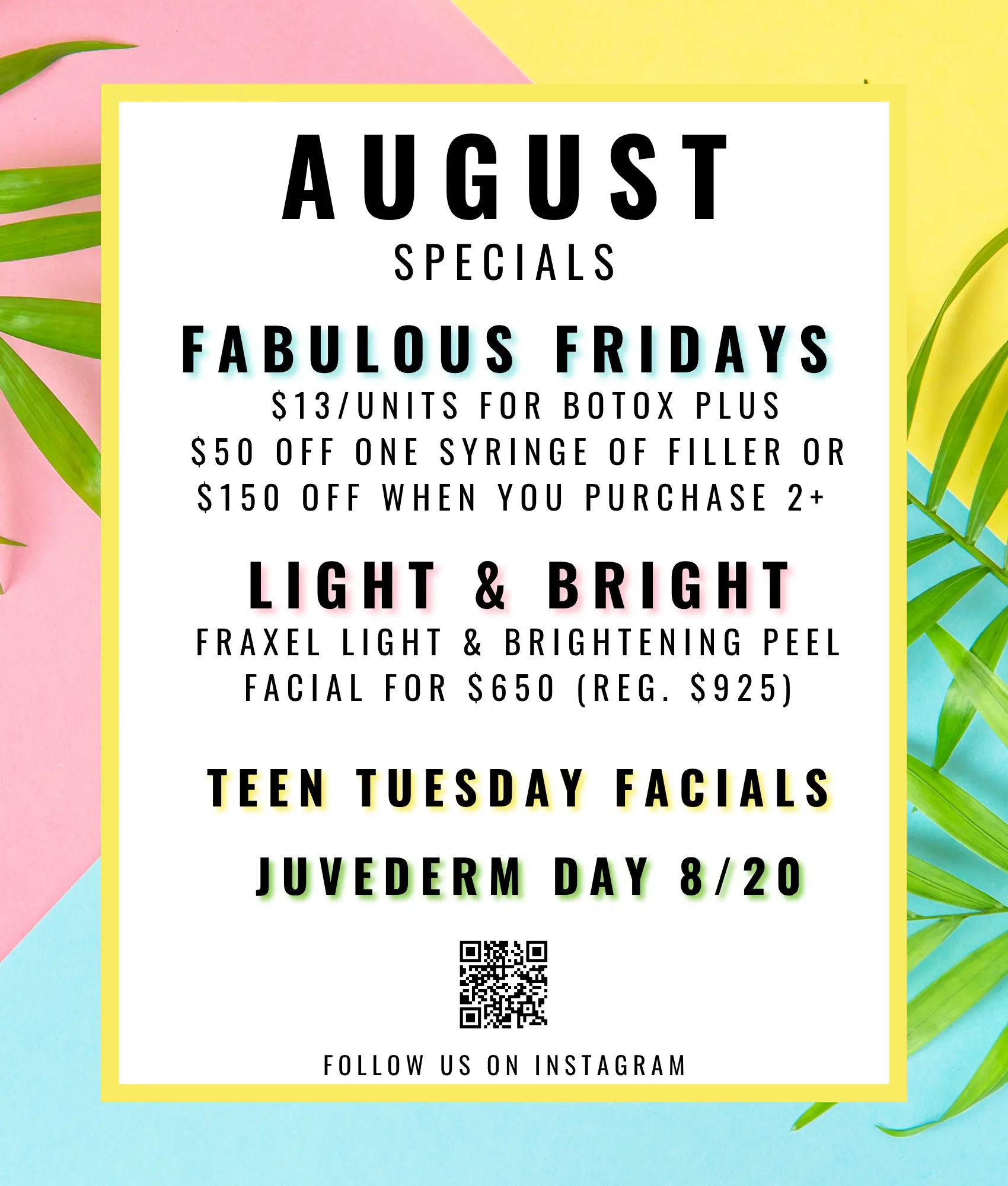 The best age for a facelift depends on individual aging patterns, but most patients see optimal results in their mid-40s to early 60s. Typically, it’s during this window that skin begins revealing key effects of aging, namely volume loss and gravity’s pull, yet it remains elastic enough for natural, long-lasting bounceback. You may still be asking yourself, “What age should I get a facelift?” The answer varies, and that’s a good thing. Some people notice significant signs of aging by their 40s, while others maintain more youthful and less-wrinkled skin well into their 50s.
The best age for a facelift depends on individual aging patterns, but most patients see optimal results in their mid-40s to early 60s. Typically, it’s during this window that skin begins revealing key effects of aging, namely volume loss and gravity’s pull, yet it remains elastic enough for natural, long-lasting bounceback. You may still be asking yourself, “What age should I get a facelift?” The answer varies, and that’s a good thing. Some people notice significant signs of aging by their 40s, while others maintain more youthful and less-wrinkled skin well into their 50s.
The key lies in recognizing when these aging changes begin impacting your confidence. Read on to learn how to determine the best time for your facelift that restores your fullest sense of self.
What Age Should I Get a Facelift? It Depends on Facial Aging
Everyone ages differently based on genetics, sun exposure, lifestyle, and skincare habits. Instead of focusing on a number, it’s more important to recognize when your skin’s laxity, volume loss, deep wrinkles, and changes to pigmentation make you look older than you’d like or even feel.
Here are some of the most common facial aging signs indicating you may be ready for a facelift:
- Sagging skin: Loose skin around the lower half of the face, jawline, and neck is one of the biggest reasons Dr. V sees patients for a facelift consultation.
- Deep nasolabial folds: Pronounced lines running from the nose and around the mouth can make the face look aged and tired, but can be significantly improved even with a mini-facelift.
- Loss of facial volume: A sunken or more hollow appearance in the cheeks, temples, and under the eyes can make the face look gaunter than ideal.
- Jowling: Sagging along the jawline can blur the youthful definition of the face, significantly flattening attractive jaw angles and chin contours.
- Wrinkles, creases, and skin folds: While wrinkles are an inevitable part of aging, deep-set static wrinkles — especially around the mouth and lower face — simply may not respond to non-surgical treatments past a certain age.
Main Factors to Determine Your Best Age for a Facelift
The average age for a facelift is typically between 45 and 60 years old, but ultimately, facelift surgery depends on your skin quality, health, and cosmetic goals.
For younger patients (ages 40 through the low 50s):
- Review non-surgical options: Treatments like anti-aging facials and skincare may provide ideal results without surgery. Some patients can delay a full facelift by opting for injectable fillers to help with volume loss, or skin tightening treatments fighting wrinkles.
- Ask about mini-facelifts: Mini or micro facelifts come in several varieties (e.g. ponytail facelift, S-facelift, etc.) and can often suit younger patients looking for a more natural but long-lasting fix.
- Make healthy lifestyle choices: Wear facial sunscreen SPF 30+ every day, stay hydrated, limit alcohol consumption, and have an age-appropriate skincare routine.
- Personal goals: If aging has started affecting your confidence, it might be time to consider a facelift.
- Genetics: If premature aging runs in your family, you may benefit from earlier intervention, likely starting in your 40s.
For patients in their mid-50s and older, here are some key factors to consider:
- Skin elasticity: The best results come when skin retains some natural elasticity, aiding in healing and ensuring that, post-surgery, you retain full facial movement.
- Severity of aging signs: More pronounced sagging and volume loss may warrant a deep plane facelift, as these incorporate the neck and SMAS layers of skin revitalization.
- Overall health: Good general health ensures a smooth recovery plus better results.
- Lifestyle habits: Smoking and excessive sun exposure can accelerate aging and impact healing, particularly the older you are.
- Facial bone structure: Strong bone structure supports more youthful facelift results and their longevity.
- Long-term maintenance: Some patients prefer to have mini facelifts earlier for subtle changes instead of waiting and requiring dramatic interventions.
- Recovery time availability: Ensuring you have at least 3-4 weeks of uninterrupted downtime for healing is essential, and must be worked into your facelift planning.
The Benefits of a Facelift at Different Ages
The best age for a facelift depends on your unique aging process. Here are the most common reasons why men and women in their 40s, 50s, and 60s explore facelift surgery with Dr. V:
Facelift in Your 40s
Patients in their 40s often start experiencing consistent loss of skin laxity and volume. A traditional facelift at this age provides strategic, natural-looking results and allows for preventative aging maintenance before more dramatic facial changes set in.
Facelift in Your 50s
By age 50 and up, aging signs become truly more pronounced. A facelift can effectively lift sagging skin, smooth deep wrinkles, and restore previous contours and jawline angles that last for years.
Facelift in Your 60s
Patients in their 60s typically need more comprehensive correction. Deep plane facelifts or SMAS facelifts help achieve the most natural and long-lasting outcomes for this age, because they involve structural and draping alterations to the deepest layers of functional and cosmetic facial tissue.
Best Age for Mini Facelift
Mini facelifts are ideal for patients in their mid-30s to early 50s who want to address mild sagging and preventative volume loss at the tissue level. Mini facelifts, sometimes called short scar or S-facelifts, also carry shorter recovery windows and have less visible scarring, which is appealing for many.
Choosing Dr. V for Your Facelift
Dr. V specializes in facial reconstructive plastic surgery, offering a level of expertise beyond many other more generalized plastic surgeons. With a core focus on facial aesthetics, she delivers natural, balanced, beautiful results tailored to each patient.
Here are a few reasons why patients trust Dr. V for their facelift:
- Expert in a full range of facelift techniques: From mini “S-lift” facelifts to deep plane and SMAS facelifts, Dr. V customizes each approach.
- Nationally renowned facial subspecialist: Recognized for expertise in cosmetic head and neck surgery.
- Culturally aware approach: Practices heritage-honoring surgeries rather than imposing a single beauty standard.
- Dual board-certified: Certified by the American Board of Facial Plastic and Reconstructive Surgery and the American Board of Otolaryngology/Head and Neck Surgery.
- Advanced training: Completed multiple fellowships and residencies, setting her apart from peers.
- Outstanding patient satisfaction: Highly rated with stellar reviews from over two decades of experience.
Ready to Learn Your Best Age for a Facelift?
If you’re still curious about your best age for facelift surgery, get in touch with Dr. V.
Schedule a consultation today to discuss your facial appearance goals and skin health options. We’re ready to work on the most effective and comfortable approach unique to you.



